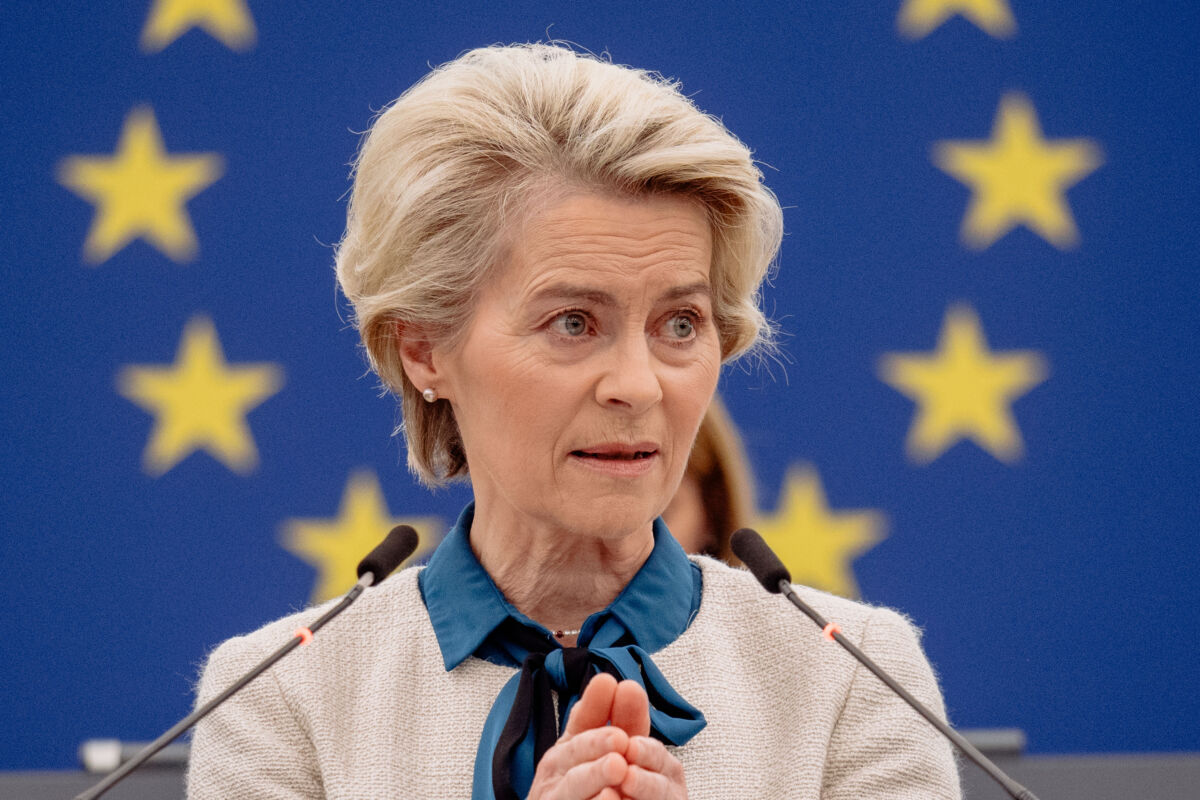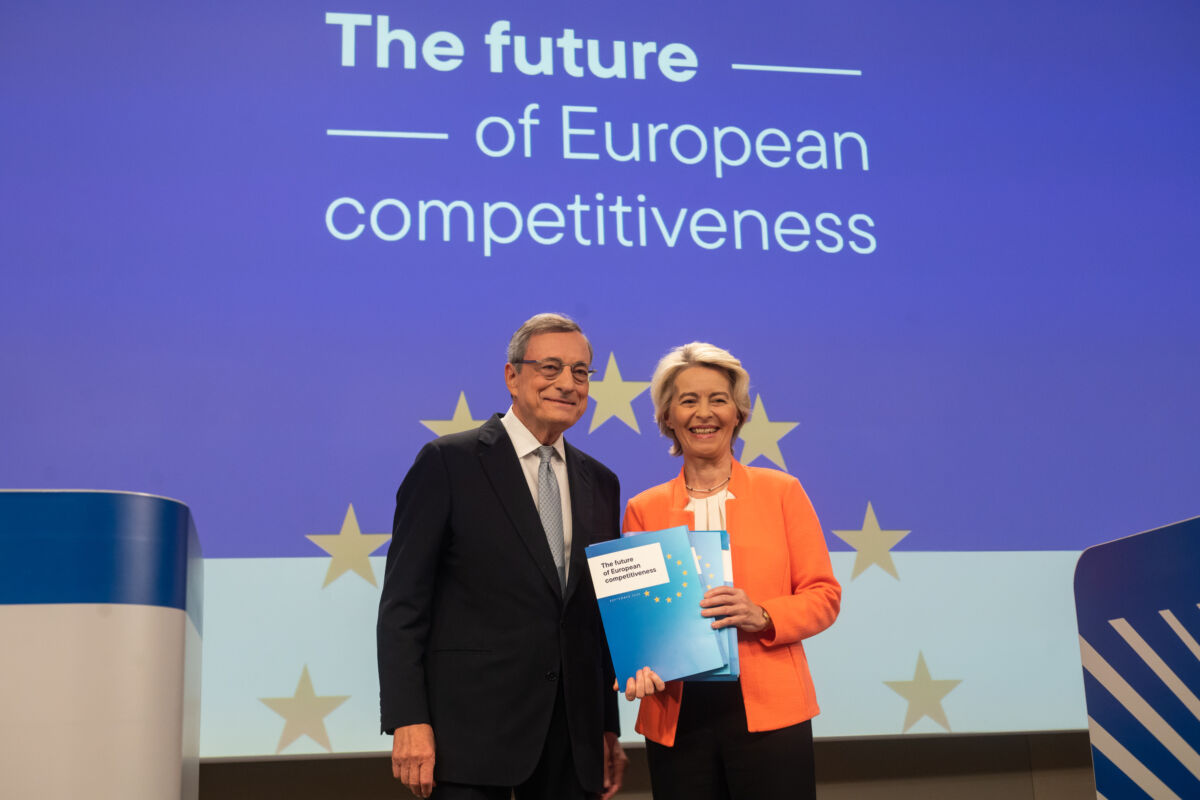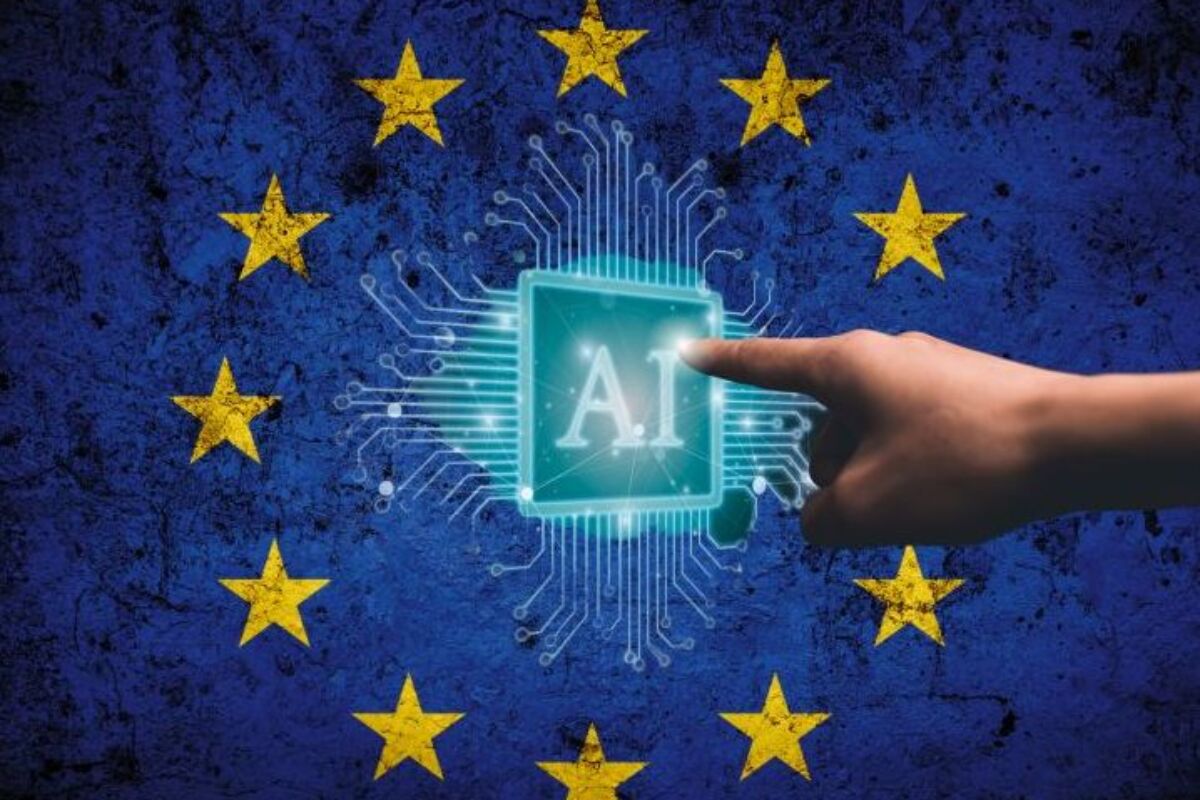In a time of increasingly pervasive digital technologies and the gradual disruption of the multilateral order, policymakers have at least one certainty – every single country needs a sovereign digital infrastructure encompassing compute resources, a resilient supply chain for semiconductors, secure digital identity and digital payment platforms, a well-functioning data layer for a variety of industrial and social uses, and abundant cloud and edge computing nodes. All of these will contribute to propelling the digital transformation forward, from government to large factories, all the way to connected objects.
Such infrastructure is becoming the central nervous system of our economy, as crucial as electricity, transport or water networks. It’s also increasingly crucial to make democracy work. Not having a well-developed digital technology stack condemns a country to economic decline and technological dependency, and a future at the mercy of foreign governments and private actors.
For Europe, this will be an uphill battle as we’ve accumulated many delays in key layers of the technology stack. We massively depend on less than a fistful of US cloud operators. Our supply of semiconductors craves rare earths that are quasi-monopolised by China. We are dwarfed by other global powers when it comes to AI, cyber-security solutions and overall Research and Innovation (R&I) spending in the complex new technologies that compose the stack.
We train busloads of leading tech researchers and yet we see so many of them leaving to make their fortune on other shores. And even when we do act, fragmentation, ineffective regulation and fruitless competition further hamper our efforts, depriving our businesses of the scale and support they need to thrive. We have known this for a long time – and we’ve repeatedly called for bold action.
The Draghi report was just the latest wake-up call. A call for urgent, bold measures. And there’s really no time to lose.
Enter the EuroStack
In a recent report we co-authored with several experts, we call for a bold, mission-oriented initiative to build a sovereign, independent European technology stack, or ‘EuroStack’.
Currently, the EU has separate policies for various digital technologies – chips, supercomputing and cloud services, among others. However, what Europe truly needs is a holistic approach that recognises how these technologies are interconnected and pursues an integrated policy across them. To do this, it must understand the political economy of digital strategic autonomy, as well as the power strategies that shape the entire technology stack.
Given Europe’s ambition to regain competitiveness and at the same time promote its core values through a sustainable and trustworthy approach to technology, the EuroStack would go beyond investment in the digital public infrastructure, as done in India and (partly) in Brazil, for example. The EuroStack would stand out from these models thanks to its broader scope, linked to both industry and public services, its reliance on open-source software, federated architectures, and trustworthy, sustainable and human-centric AI solutions.
In this respect, investment should include also energy-efficient public computing capacity (EuroHPCs), data centres and next-generation chips to support AI development and adoption across key sectors.
Alongside these foundational measures, Europe should promote investment in sovereign AI clouds, platforms and interoperable data ecosystems to drive innovation and adoption in industrial sectors while ensuring ethical oversight and control. These initiatives would contribute to overcoming market fragmentation and enable greater scalability across Europe. They could become the cornerstone of high-impact digital services, especially in strategic areas such as AI-driven biotech, smart manufacturing, robotics, mobility and healthcare. Initiatives such as DG CONNECT’s software-defined vehicles could be scaled up, backed by resources and compute, and lead Europe to compete for its industrial future in key sectors where it’s currently losing steam.
These unified, pan-European deployments would demonstrate Europe’s capacity for high-value innovation. And they would help Europe become a global leader in an era where AI will reshape the way we do science and innovation.
A mission-oriented Tech Fund
Our plan entails creating a European Sovereign Technology Fund to address investment gaps, sustain innovation and help prevent the foreign acquisition of strategic firms, as happened with ARM and DeepMind.
The Fund, endowed with approximately EUR 300 billion over a decade, would draw on EU and national public resources, as well as contributions from philanthropies and the private sector. It could start with an initial EUR 10 billion dedicated to the development of Digital EuroStack demonstrators, selected through a dedicated ‘open challenge’.
The Fund would be essentially mission-oriented, able to pursue alternative avenues in an agile way to ensure the achievement and scale-up of key technological breakthroughs. It would benefit from professional project portfolio managers and agile institutions able to leverage smart procurement, as also evoked in the Draghi report. It would inevitably involve all European countries and would even bring the EU and UK together into a common tech future, thanks to an increasingly unreliable and hostile-looking world.
The EuroStack mission could be easily linked to the upcoming ‘CERN for AI’ that was announced through the Competitiveness Compass, which is expected to focus on science, industrial applications and digital public services – as one of us has advocated in a recent CEPS In-Depth Analysis report. And it could co-exist, or even overlap, with the announced TechEU investment programme, to be operated by the European Investment Bank, which aims to ‘strengthen Europe’s industrial capacity and scale-up companies which invest in innovative technologies such as AI, clean tech, critical raw materials, energy storage, quantum computing, semiconductors, life sciences, and neurotechnology’.
Much more than just a tech stack
A EUR 300 billion investment in Europe’s future shouldn’t be seen as utopic.
Even without mentioning the EUR 500 billion Stargate project recently announced by President Trump, it’s sufficient to recall that the US Semiconductors CHIPS Act deployed EUR 280 billion to support one single layer of the technology stack, for the 2022-2030 period, and that the 2015-25 ‘Made in China’ plan to ensure technology independence came with a stunning EUR 1.4 trillion price tag.
Most importantly, we believe that the cost of the EuroStack is a tiny fraction compared to what doing nothing – or failing to implement a sufficiently bold initiative – would cost Europe in the long term.
In short, at stake is so much more than the stack. The consequences of doing nothing would reverberate on Europe’s competitiveness, sovereignty, security and democracy for decades to come. It has to be now.
This CEPS Expert Commentary is part of a special series being published prior to the CEPS Ideas Lab on 3-4 March 2025 to showcase some of the most innovative ideas we’ll be rigorously debating with our participants. More info can be found on the official Ideas Lab 2025 website.





































